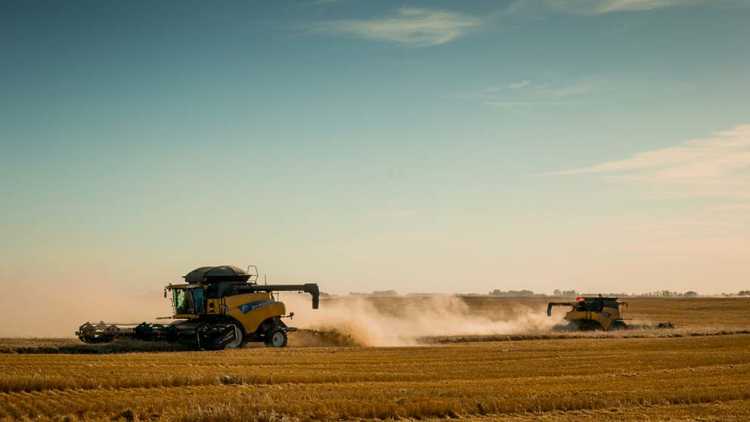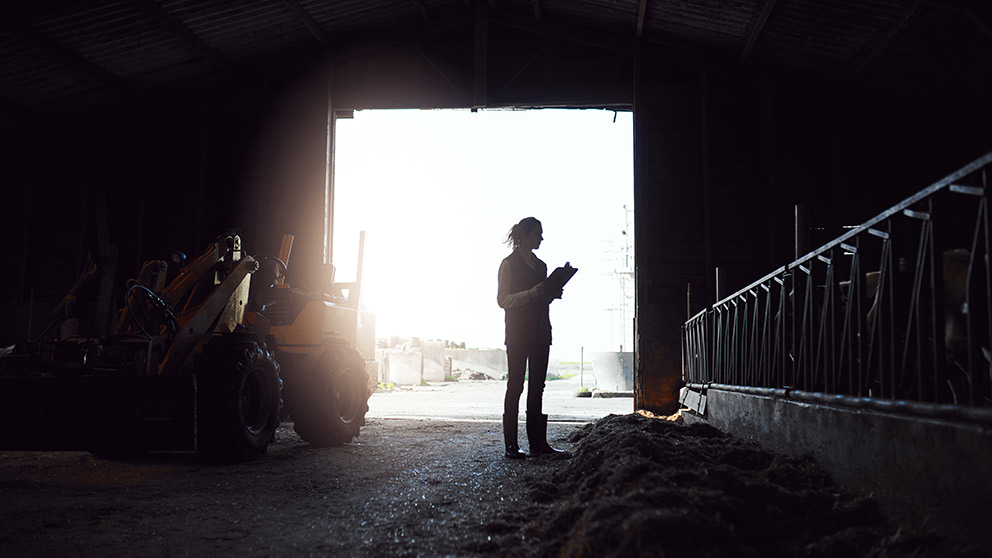Renting farmland? How to calculate what you can afford and keep profitable

Renting farmland is a strategy commonly used by farmers with growth on their agenda. As land values across the country continue to climb, renting can often be a more affordable route to expansion than buying. But how do you determine what rental rates you can afford to pay?
Manitoba Agriculture farm management specialist Darren Bond says it’s a common question.
Rental rates are highly dependent on land productivity and competition.
“It’s a question that many producers ask themselves because there are no transparent market listings like you would see for land sales,” Bond says. “Rental rates are highly dependent on land productivity and competition, and producers and landlords are reluctant to reveal them.”
Management tools like the MARD’s RentPlan resource provide a template for farmers to calculate their costs of production to determine fair market rent. Simply put, the production cost-based method subtracts all costs and profit expectations from gross revenue to determine the highest possible land rental rate.
Know your costs
When it comes to production costs, Bond recommends farmers calculate their actual costs in three categories:
Operating costs (including seed, fertilizer, pesticide, fuel, insurance, drying, storage, hired labour and interest)
Fixed costs (including machinery costs)
Owner’s labour and living
The difference between gross revenue and these costs is the maximum break-even land rental rate.
“It’s also important to consider your profit expectations in this calculation,” says Bond. “Farming carries risk, and we can’t afford to farm land where there is no profit to be realized.”
He suggests determining a profit expectation range and subtracting the highest and lowest values from the break-even land rental rate. It is a clear way to calculate the amount you can pay for rent and measure the profitability of rented land, he says.
Bobby Singbeil, a Risk Program Manager with FCC, recommends farmers also analyze their overall infrastructure when considering new rental agreements.
“Do you have enough equipment to handle new acres? Do you have enough labour capacity to make it work?” he asks.
Singbeil notes that unique details in rental agreements can also impact the cost analysis. For example, in parts of southwest Saskatchewan, some rental rates include access to bins or even part-time, seasonal labour in a situation where the landlord is a retired farmer.
“Logistics are important when it comes to rented land,” Singbeil says. “There are always costs to calculate, but if the land is right on your doorstep, it’s likely more economical to rent than a farm farther away even if it costs you more per acre.”
Involve your management team
Background research and cost analysis are key to making strong management decisions and not ending up in an untenable position when renting land.
Farm business advisors, including your lender, accountant or lawyer, as well as an agronomist or local soil specialist, can also provide support in determining expansion feasibility while mitigating risk.
Bottom line
Renting land can be a viable option for farming as land values continue to climb across the country. Experts recommend farmers know their costs and analyze their overall farm infrastructure when considering new rental agreements.
Article by: Rebecca Hannam

Debt is a fact of doing business in farming and how it’s managed differs for every operation.
